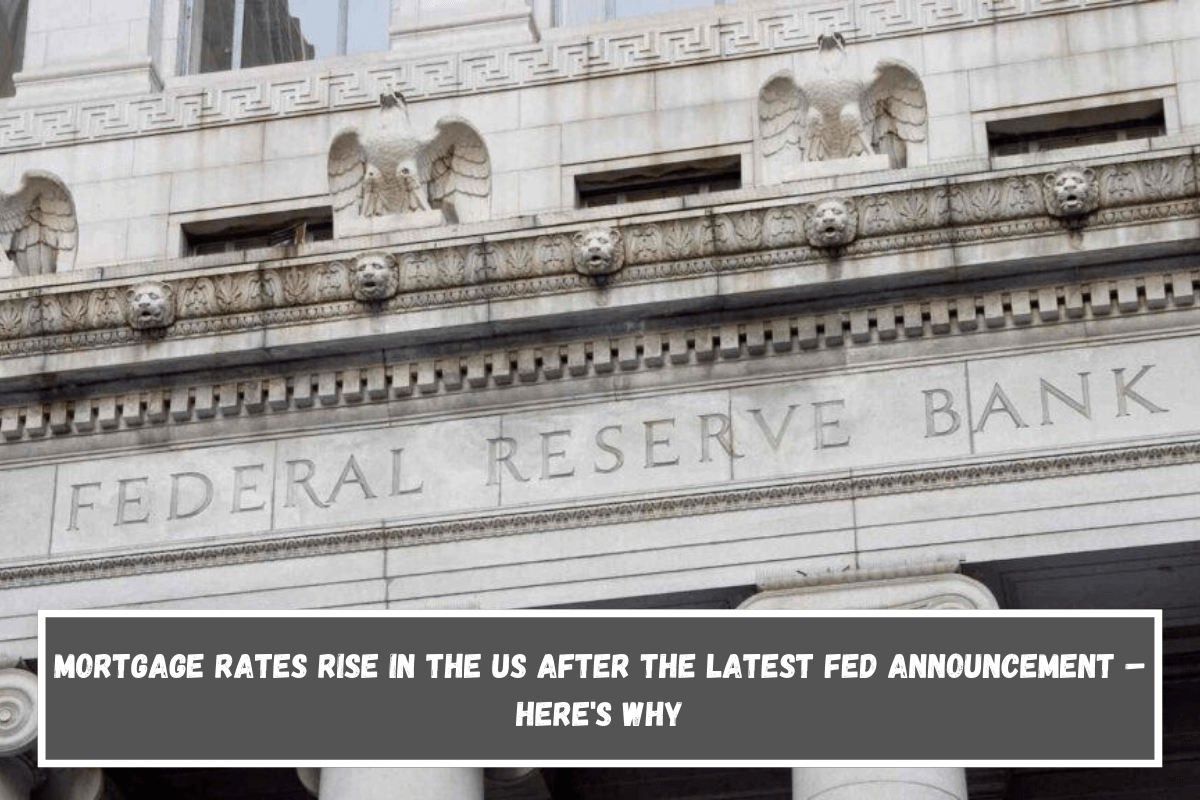Mortgage rates are still going up, even though the Federal Reserve cut rates in the summer. This has surprised experts because interest rates were already going down because people were expecting the rate to go down. Unfortunately, the two-year low of 6.08% in late September did not make people want to buy a new home any more.
Rates went up last week, from October 21st to October 24th. The average rate on a standard 30-year fixed mortgage was back at 6.54%, which is higher than the rate in September but still not as high as it was in early May, when it hit 7.22%.
The drop in sales has been very big. According to the National Association of Realtors, the number of sales of previously owned homes dropped by 1% in September compared to the previous month, to 3.84 million, which is the lowest level since October 2010.
A report from the Mortgage Bankers Association shows that not only are purchases going down, but so are mortgage applications. In fact, the number of applications is at its lowest level since July, when rates were still higher. Some of the reasons are environmental and happen every year.
For example, families would rather stay put for the school year than risk uprooting their kids by moving to a new school district in the middle of the year. Also, cold weather, especially rain, makes it hard to list and show homes. Since the Fed promised even lower interest rates, some people may be waiting for a better deal.
This is important now, when the economy seems unstable, because a difference of just 1% in a mortgage rate can have a big effect on monthly payments and family budgets. Another big reason is that there aren’t many homes for sale. Many people who want to sell their home don’t want to because they don’t want to lose money or have it sit on the market for months, which lowers its value.
The impact of high mortgage and interest rates on real life Americans
Zach is 23 and works for the US Postal Service. Kimberly is 22 and a caseworker. They live in North Carolina with their two young children. Their goal is to buy a house, but they don’t have enough money for a down payment and just barely make ends meet.
Their wait for rates to drop is because, as Kimberly puts it, “A lot of people have told me to buy a house right now, but I don’t want to be stuck with a rate I don’t like for years only to have to refinance.” I need to be sure that the rate I have now is good and will stay that way for a while. That’s what I care about most. I don’t want to get a new loan. I want a good rate right away.

She’s not the only one who thinks this way. Ken Lowrey, a 27-year-old renter in Charleston, South Carolina, agrees that “homeownership is the absolute goalpost of security.” But he can’t make it happen right now because his rent is going up and he has no savings because of medical debt.
He has even put off other goals in his life, such as “having kids, saving for retirement, or even fully committing to a career path.”
The economic data does not back the problems
Sam Khater, who is the chief economist at Freddie Mac, said in a statement. “For the past few years, there has been a tension between stories about a bad economy and new data that is stronger than those stories.” This has caused mortgage rates to change more than usual, even though the economy is getting better.
It was thought that when the Fed lowered interest rates, it would also bring down mortgage rates by lowering the yield on the 10-year Treasury note. However, better-than-expected economic data has caused yields to rise instead.
The number of new jobs was up in September, and data on retail spending released last week showed that strong consumer demand, which is what drives the economy, is still there. If this kind of information keeps coming in, it could mean that any further rate cuts happen more slowly, which would make it even harder for people to buy a home.
Read Also :- Administration Announces $3,600 Direct Payment for New Child Tax Credit











Leave a Reply